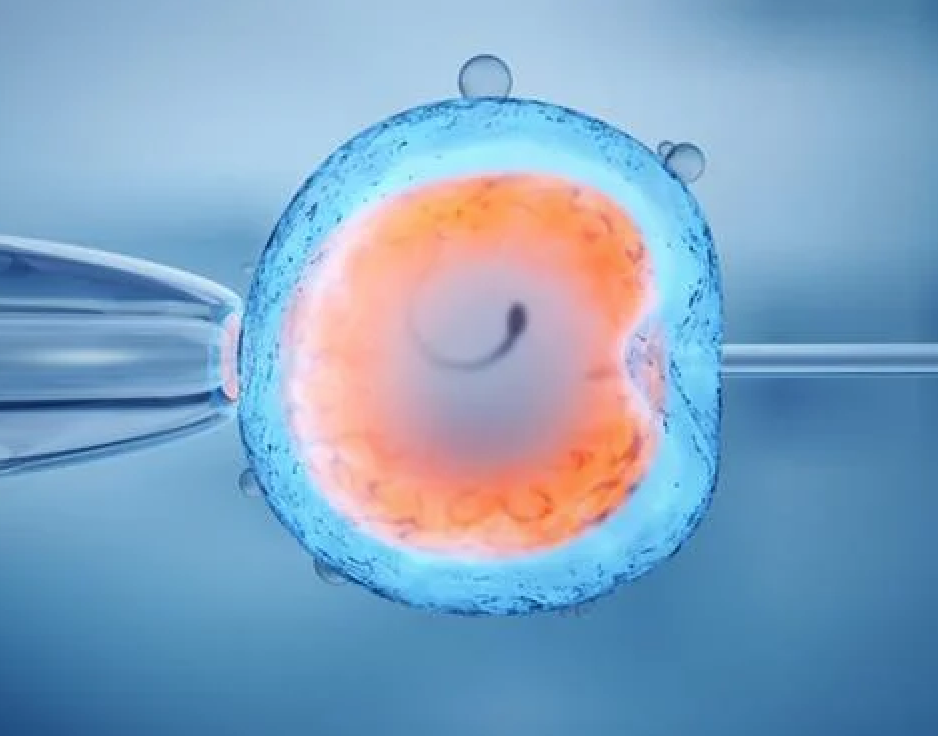
Embryo Freezing
Embryo Freezing
Couples who wish to preserve fertility options for the future can either elect egg freezing or embryo freezing.
Egg freezing is now fairly routine among younger women wishing to preserve fertility options for the future, but delay parenthood. A woman is stimulated to produce multiple mature eggs, which are harvested and preserved in a frozen state for later use during In Vitro Fertilization (IVF).
Embryo Freezing Process
Embryo freezing takes the process one step further, fertilizing the retrieved eggs and incubating them in our laboratory until they develop into an embryo or blastocyst (3-5 days).
This is an attractive option for couples who face chemotherapy or other illnesses where medications or treatment procedures may hinder fertility.
Embryo freezing is also popular among military couples who want to make sure they’ll be able to have a baby possessing a combination of both parents, but are not ready for parenthood just yet.
In addition to embryo freezing, a couple may elect to have the healthiest embryos tested for chromosomal normalcy (PGS), and inherited diseases (PGD) or gender selection (PGD/PGS).
Dedicated to excellence and committed to assisting you during your fertility journey.
Benefits of Embryo Freezing:
-
Embryos are more resilient, thaw better than oocytes (eggs).
-
Frozen embryos produce higher success rates over frozen eggs.
Embryos tolerate freezing very well. Pregnancy rates with frozen/thawed embryos are as good as pregnancy rates for embryos that were transferred fresh without ever being frozen.


